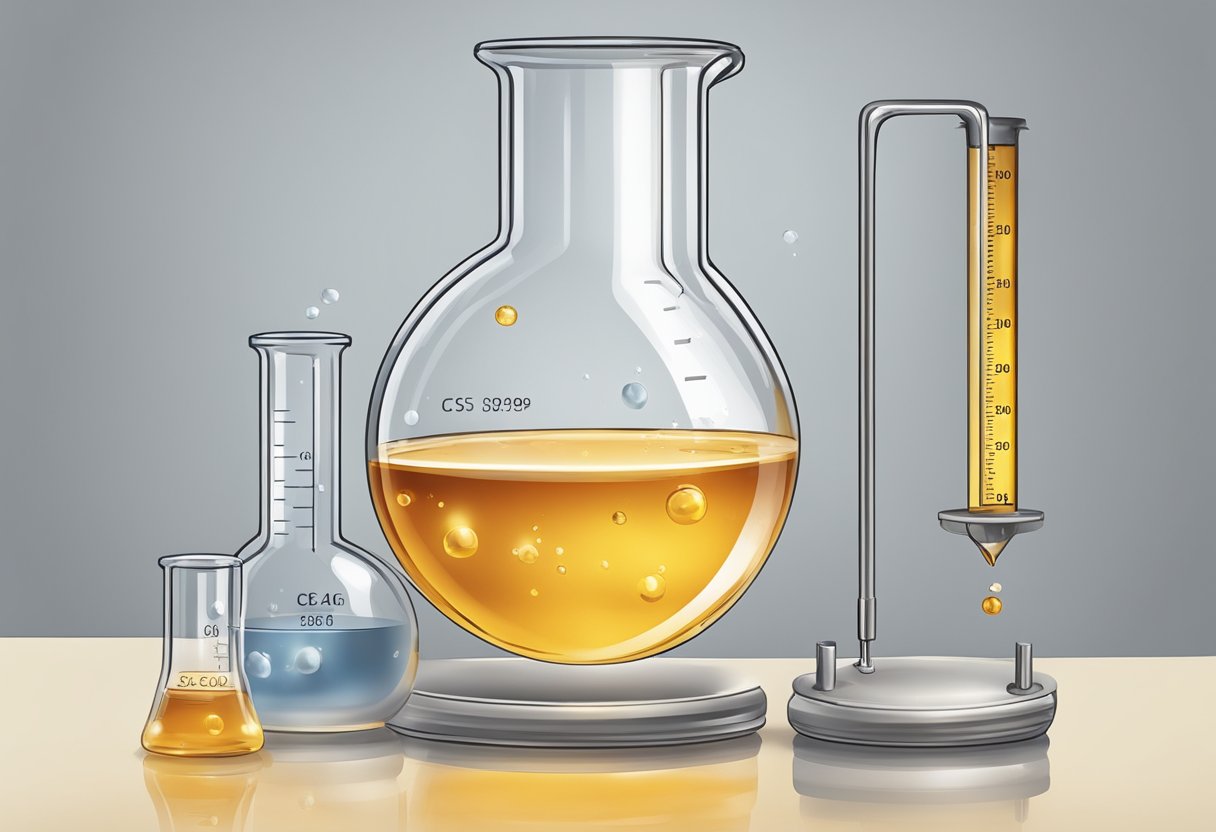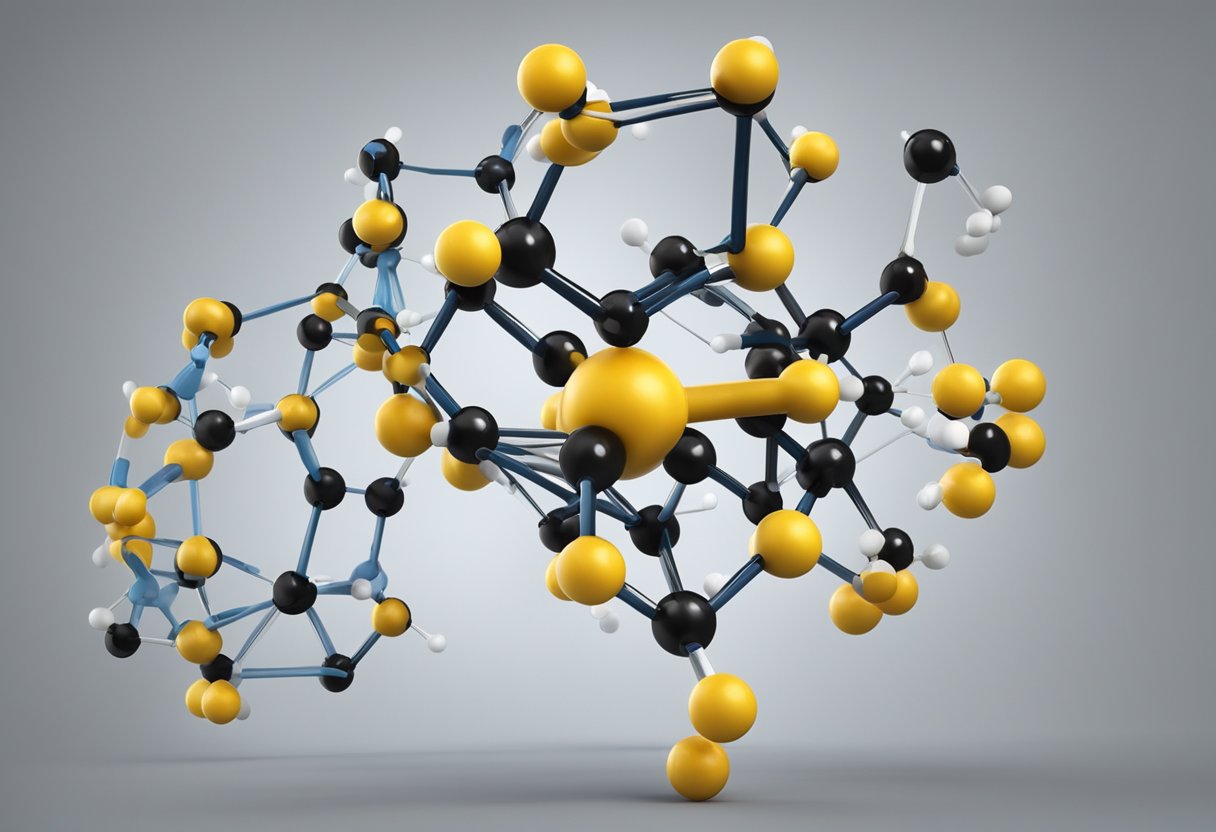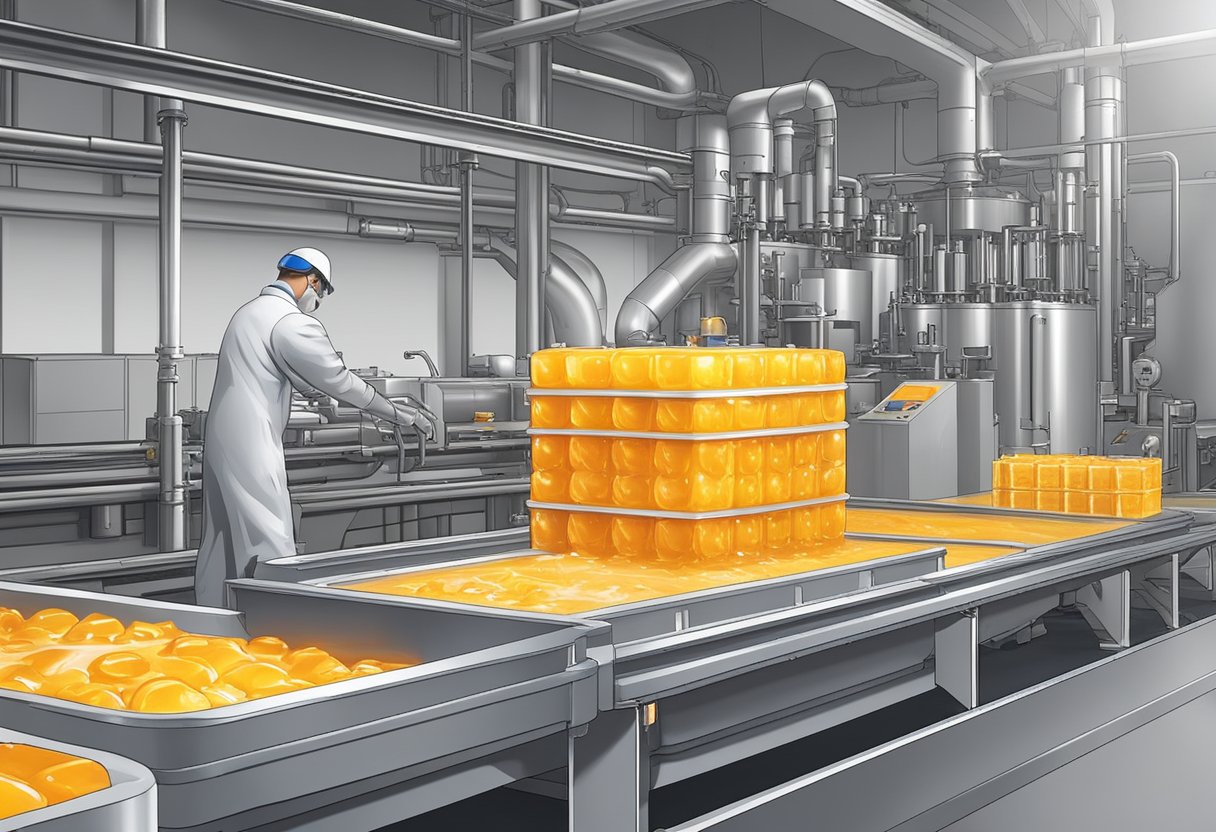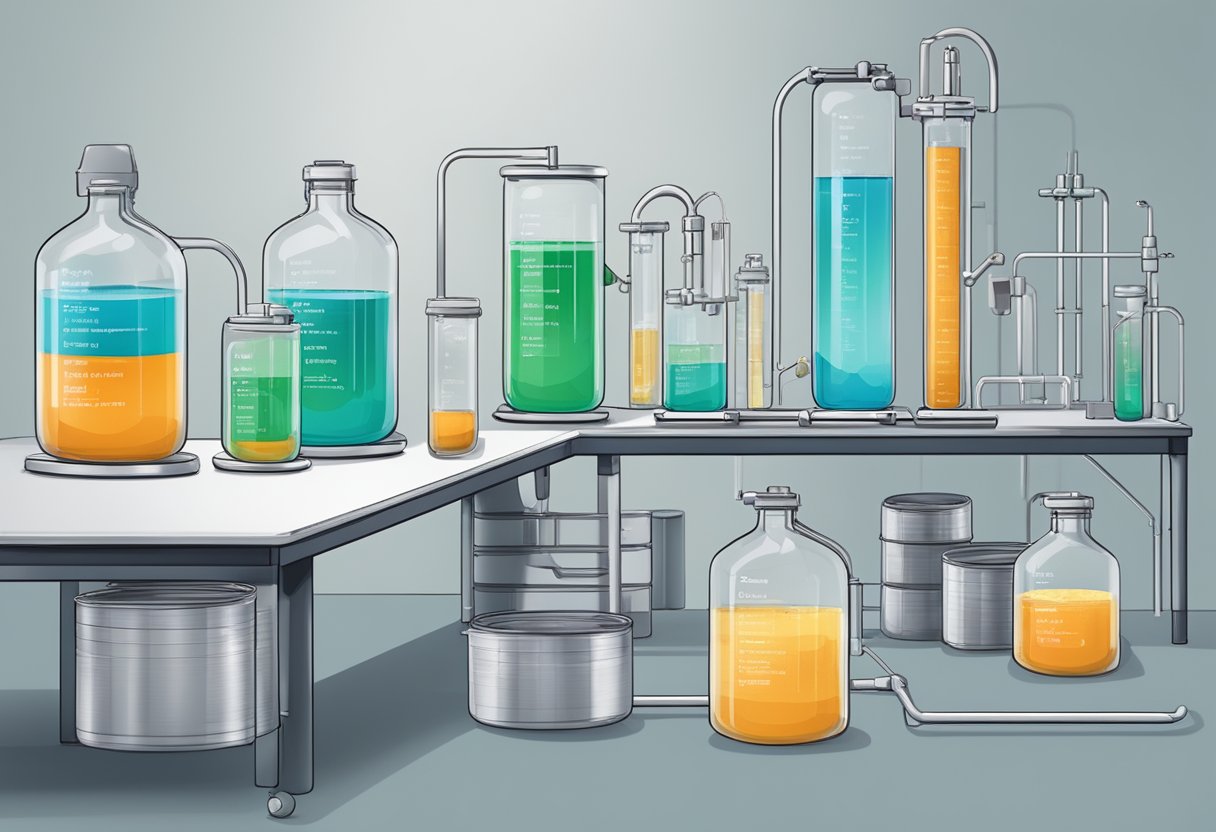C5 C9 Hydrocarbon Resin: Properties and Applications
19/01/2024
C5 C9 hydrocarbon resin is a type of thermoplastic resin that is widely used in various industries. It is a copolymer of C5 and C9 fractions of hydrocarbons obtained from petroleum. The resin has a unique combination of properties that make it suitable for a wide range of applications, including adhesives, coatings, inks, and rubber.

One of the key properties of C5 C9 hydrocarbon resin is its excellent compatibility with a wide range of polymers and other resins. This makes it a popular choice as a tackifier in adhesives and as a modifier in coatings and inks. The resin also has good thermal stability, which makes it suitable for use in high-temperature applications.
Another advantage of C5 C9 hydrocarbon resin is its low cost compared to other resins. This makes it an attractive option for manufacturers looking to reduce their production costs without compromising on quality. Overall, C5 C9 hydrocarbon resin is a versatile and cost-effective material that plays an important role in many industrial applications.
Chemical Composition of C5 C9 Hydrocarbon Resin

C5 C9 hydrocarbon resin is a type of thermoplastic resin that is produced through the polymerization of C5 and C9 fractionated feedstock. The chemical composition of C5 C9 hydrocarbon resin is primarily composed of aliphatic and aromatic monomers.
The C5 fractionated feedstock is mainly composed of isoprene, piperylene, and dicyclopentadiene, while the C9 fractionated feedstock is primarily composed of styrene, indene, and methylstyrene. These monomers are then polymerized to form the C5 C9 hydrocarbon resin.
The composition of C5 C9 hydrocarbon resin can vary depending on the specific feedstock used and the manufacturing process. However, the resin typically contains a high percentage of C5 and C9 monomers, with smaller amounts of other monomers.
C5 C9 hydrocarbon resin is a versatile material that is used in a wide range of applications. Its chemical composition gives it excellent adhesive properties, making it ideal for use in adhesives, sealants, and coatings. It is also used in the production of printing inks, rubber, and asphalt.
In conclusion, the chemical composition of C5 C9 hydrocarbon resin is primarily composed of aliphatic and aromatic monomers derived from C5 and C9 fractionated feedstock. Its unique composition gives it excellent adhesive properties, making it a valuable material in various industries.
Manufacturing Process

C5 C9 hydrocarbon resin is produced by the polymerization of unsaturated aliphatic or alicyclic olefins that are obtained from the distillation of naphtha. The manufacturing process involves several stages, including:
- Polymerization: The first step is the polymerization of the olefins, which is typically done using a free radical initiator such as benzoyl peroxide. The reaction is carried out in a reactor vessel under controlled temperature and pressure conditions.
- Distillation: The resulting polymer is then distilled to remove any unreacted monomers and other impurities. This step is critical to ensure the quality and consistency of the final product.
- Neutralization: The distilled resin is then neutralized with a base such as sodium hydroxide to remove any residual acidity. This step is important to prevent discoloration and other undesirable properties in the final product.
- Filtration: The neutralized resin is then filtered to remove any remaining impurities and ensure a clear, high-quality product.
Overall, the manufacturing process for C5 C9 hydrocarbon resin is a complex and carefully controlled process that requires specialized equipment and expertise. However, when done correctly, it can produce a versatile and valuable product that is used in a wide range of applications.
Properties and Specifications

C5 C9 hydrocarbon resin is a type of thermoplastic resin that is derived from petroleum. It is a versatile material that has a wide range of applications in various industries, including adhesives, coatings, inks, and rubber. The resin is produced by the polymerization of C5 and C9 fractions of hydrocarbons, which are obtained from the refining of crude oil.
The properties of C5 C9 hydrocarbon resin depend on its molecular weight, softening point, and color. The resin has a softening point range of 90-140°C and a molecular weight range of 300-3000 g/mol. It is available in various colors, including pale yellow, amber, and dark brown.
The resin has excellent compatibility with a wide range of polymers, including natural rubber, synthetic rubber, and thermoplastic resins. It also has good thermal stability, low volatility, and good resistance to water and chemicals. These properties make it an ideal material for use in adhesives, coatings, and inks.
In terms of specifications, C5 C9 hydrocarbon resin is typically classified based on its softening point, color, and acid value. The softening point of the resin can range from 90°C to 140°C, while the acid value is usually less than 1 mg KOH/g. The resin is also available in various colors, with the most common being pale yellow, amber, and dark brown.
Overall, C5 C9 hydrocarbon resin is a versatile material that has a wide range of properties and specifications. Its excellent compatibility with other polymers, good thermal stability, and resistance to water and chemicals make it an ideal material for use in various industries.
Applications in Industry

C5 C9 hydrocarbon resin finds its applications in various industries due to its unique properties. Some of the major applications of C5 C9 hydrocarbon resin in industry are:
Adhesives Industry
C5 C9 hydrocarbon resin is widely used in the adhesives industry due to its excellent adhesive properties. It is used as a tackifier in hot melt adhesives, pressure-sensitive adhesives, and solvent-based adhesives. The addition of C5 C9 hydrocarbon resin to adhesives improves their tackiness, adhesion, and cohesion. It also enhances the heat resistance, aging resistance, and water resistance of adhesives.
Coatings Industry
C5 C9 hydrocarbon resin is also used in the coatings industry as a binder, film-forming agent, and viscosity modifier. It is used in various coatings such as paints, varnishes, and inks. The addition of C5 C9 hydrocarbon resin to coatings improves their adhesion, gloss, and hardness. It also enhances the weather resistance, chemical resistance, and durability of coatings.
Rubber Industry
C5 C9 hydrocarbon resin is used in the rubber industry as a tackifier and reinforcing agent. It is used in the production of tires, rubber hoses, and other rubber products. The addition of C5 C9 hydrocarbon resin to rubber improves its tackiness, adhesion, and strength. It also enhances the heat resistance, aging resistance, and oil resistance of rubber.
Other Applications
C5 C9 hydrocarbon resin is also used in other industries such as printing inks, sealants, and plasticizers. It is used as a tackifier in printing inks, as a sealant in construction, and as a plasticizer in plastics. The addition of C5 C9 hydrocarbon resin to these products improves their properties and performance.
Overall, C5 C9 hydrocarbon resin is a versatile product with a wide range of applications in various industries. Its unique properties make it a valuable ingredient in many products, improving their performance and durability.
Environmental Impact and Safety
C5 C9 hydrocarbon resins is a synthetic polymer made from petroleum-derived feedstock. As with any petrochemical product, its production and use can have an impact on the environment. However, the environmental impact of C5 C9 hydrocarbon resins is relatively low compared to other petrochemical products.
One of the main environmental concerns associated with C5 C9 hydrocarbon resins is its potential to release volatile organic compounds (VOCs) during production and use. VOCs can contribute to air pollution and have been linked to health problems such as respiratory irritation and cancer. However, modern production methods have significantly reduced the amount of VOCs released during the production of C5 C9 hydrocarbon resins.
In terms of safety, C5 C9 hydrocarbon resins is generally considered to be safe for use in a wide range of applications. It is not classified as a hazardous substance under current regulations in most countries. However, as with any chemical product, it is important to follow appropriate safety precautions when handling and using C5 C9 hydrocarbon resin.
Overall, while C5 C9 hydrocarbon resins is not without environmental or safety concerns, its impact is relatively low compared to other petrochemical products.
Global Market Trends
C5 C9 hydrocarbon resins is a versatile product that finds its application in various industries such as adhesives, coatings, ink, and rubber. The global market for C5 C9 hydrocarbon resins has been witnessing steady growth over the years, owing to its excellent compatibility with various polymers and good adhesive properties.
The Asia Pacific region dominates the global C5 C9 hydrocarbon resins market due to the presence of a large number of manufacturers and favorable government policies. China, in particular, is the largest producer and consumer of C5 C9 hydrocarbon resins in the world.
The demand for C5 C9 hydrocarbon resins is expected to increase in the coming years, driven by the growth of end-use industries such as construction, packaging, and automotive. Moreover, the rising demand for eco-friendly products is expected to create new opportunities for the market players.
The major players operating in the global C5 C9 hydrocarbon resins market include Eastman Chemical Company, ExxonMobil Chemical, and Kolon Industries Inc. These companies are focusing on expanding their production capacity and developing new products to cater to the growing demand from various end-use industries.
Regulatory Framework
C5 C9 hydrocarbon resins is a widely used product in various industries, including adhesives, coatings, and printing inks. As such, it is subject to various regulations and guidelines to ensure its safe use and handling.
In the United States, the Environmental Protection Agency (EPA) regulates the use of C5 C9 hydrocarbon resins under the Toxic Substances Control Act (TSCA). This act requires manufacturers and importers of chemical substances to submit pre-manufacture notices to the EPA before producing or importing them. The EPA then evaluates the potential risks of the substance and imposes any necessary restrictions or requirements.
In Europe, C5 C9 hydrocarbon resins is regulated under the Registration, Evaluation, Authorization and Restriction of Chemicals (REACH) regulation. This regulation requires companies to register their chemical substances with the European Chemicals Agency (ECHA) and provide information on their properties and uses. The ECHA then evaluates the potential risks of the substance and may impose any necessary restrictions or requirements.
Other countries, such as Canada and Japan, also have regulations in place for C5 C9 hydrocarbon resins. These regulations aim to ensure the safe use and handling of the substance and protect human health and the environment.
Overall, the regulatory framework for C5 C9 hydrocarbon resins is designed to ensure its safe use and handling, while also promoting innovation and economic growth. Companies that use or produce C5 C9 hydrocarbon resins must comply with these regulations to avoid any potential legal or financial consequences.
Frequently Asked Questions
What are the primary applications of C5 and C9 hydrocarbon resins?
C5 and C9 hydrocarbon resins find primary applications in the adhesives, coatings, and rubber industries. They are used as tackifiers, binders, and modifiers in these industries. They are also used in the production of printing inks, paints, and varnishes.
How do the prices of C5 and C9 hydrocarbon resins compare in the market?
The prices of C5 and C9 hydrocarbon resins vary depending on the manufacturer, quality, and quantity. Generally, C5 hydrocarbon resins are less expensive than C9 hydrocarbon resins. However, the prices of both resins are affected by the supply and demand in the market.
Where can one purchase C5 and C9 hydrocarbon resins?
C5 and C9 hydrocarbon resins can be purchased from chemical distributors, online marketplaces, and directly from manufacturers. It is important to ensure that the supplier provides high-quality resins that meet the required specifications.
What distinguishes C5 hydrocarbon resins from C9 in terms of their properties and uses?
C5 hydrocarbon resins have lower molecular weight and are more compatible with non-polar elastomers. They have excellent tackiness, good heat resistance, and low odor. C9 hydrocarbon resins have higher molecular weight and are more compatible with polar elastomers. They have excellent adhesion, good heat resistance, and high viscosity.
Who are the leading manufacturers of hydrocarbon resins?
The leading manufacturers of hydrocarbon resins include ExxonMobil Chemical, Eastman Chemical Company, Kolon Industries, and Arakawa Chemical Industries. These companies have a wide range of products and offer high-quality resins that meet the needs of various industries.
What are the chemical characteristics and industrial uses of C9 hydrocarbon resin?
C9 hydrocarbon resin is a thermoplastic polymer made from aromatic monomers. It has excellent adhesion, good heat resistance, and high viscosity. It is used as a tackifier, binder, and modifier in the adhesives, coatings, and rubber industries. It is also used in the production of printing inks, paints, and varnishes.




